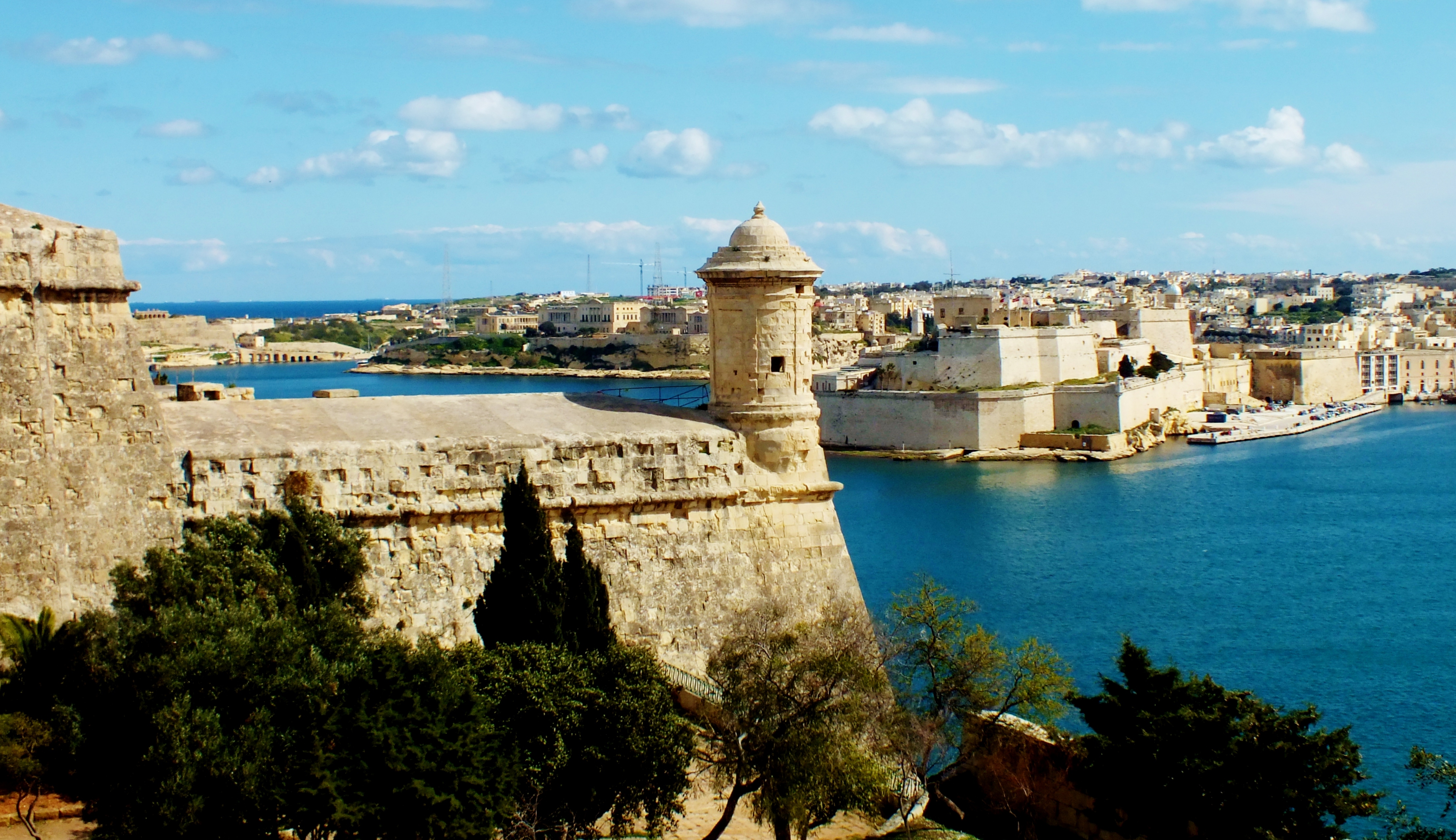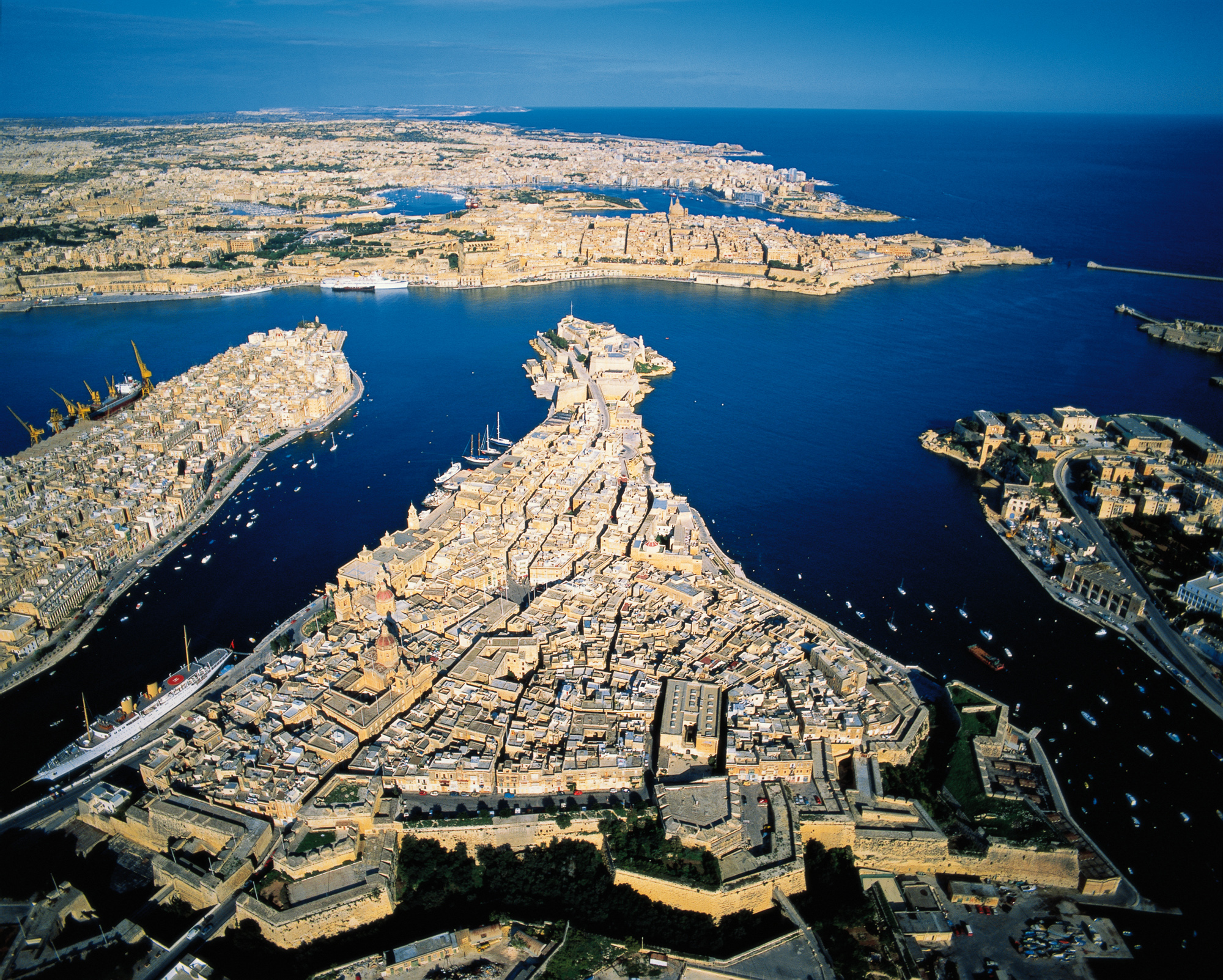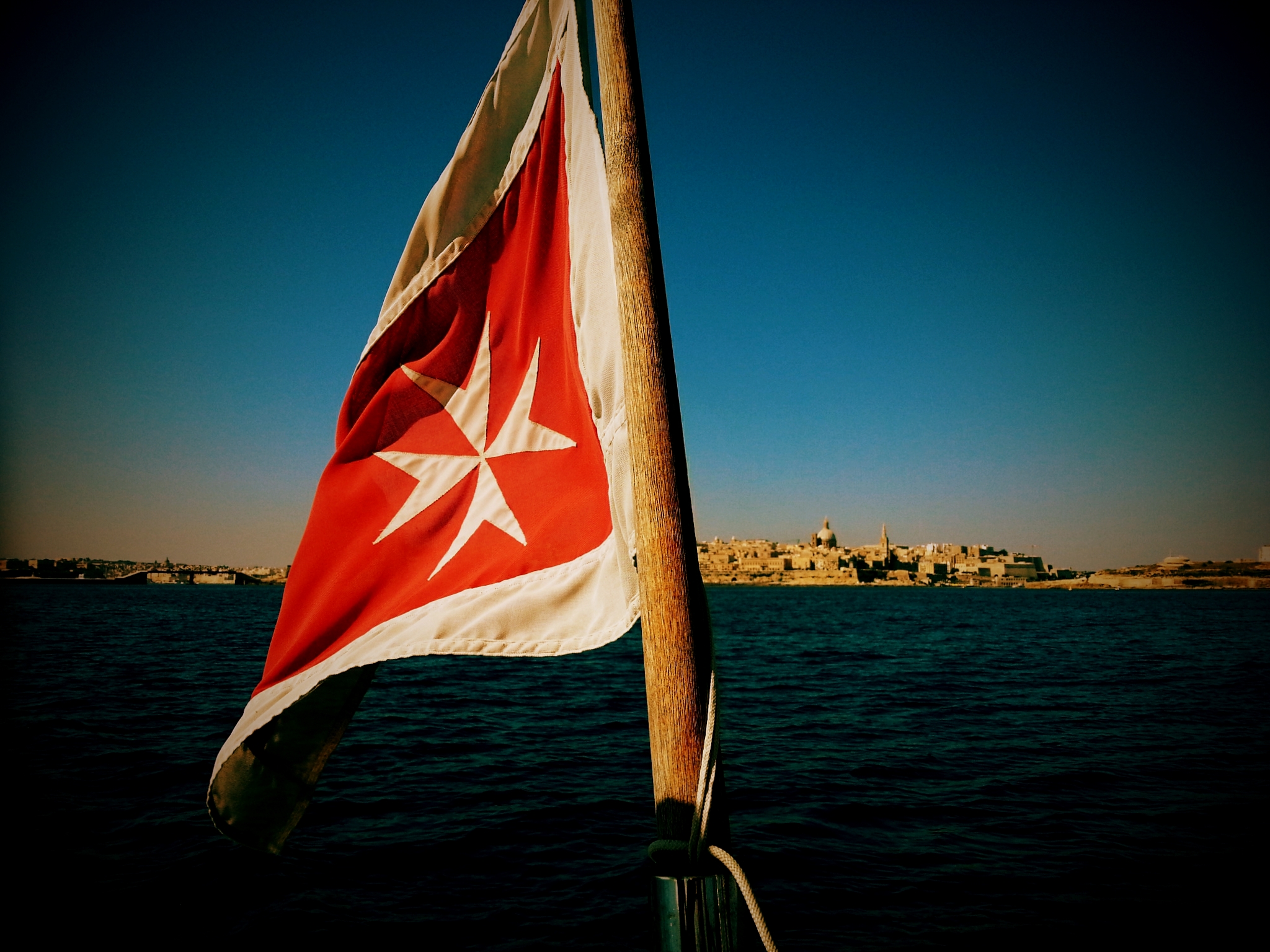Malta's Heritage of the Knights of St John
Malta has experienced numerous colonisations across its lifetime. Amongst the most common are the French and the English but the Knight of St John, a military order originating from Jerusalem, also brought about their fair share of wealth to the island. In 1522, after 6 months of siege, Suleiman drove the Knights of St John out of Rhodes. Following the evacuation, Emperor Charles V granted the Maltese Islands to the Knights of St John in an effort to protect Rome from Islamic invasion. Little did the Maltese natives know this would lead to a 268-year rule.
Following the siege of 1565, when the Ottoman Empire attempted to invade the island, the Knights of St John decided to permanently settle on the archipelago and redirect their resources to improve the land and fulfil its potential. After all, Malta’s Mediterranean positioning and the presence of the Grand Harbour filled the piece of land with endless potential. And one thing the Knights of St John proved they knew how to do during their rule, was making the best out of potential. In fact, nowadays the Maltese can credit most of their riches and monumental achievements to the Knight of St John. You could say the colony of the Knights of St John brought about the Golden Age for Malta.
The Order initially settled in Birgu, where they started constructing auberges to house the different nationalities of the knights. During their occupation of Birgu, they strengthened Fort St Angelo to build up their defences before extending their work to the rest of the island.
A year after their settling into Malta, Grandmaster Jean Parisot De La Valette, commissioned the building of Valletta - more commonly known today as the capital city of Malta. Back then, the terrain was known as the Sciberras Peninsula and the land hosted a frailer Fort St Elmo. A lot of work went into the development and strengthening of this fortification to keep enemies at bay. The Grandmaster, alongside architect, Francesco Laparelli, also planned for various auberges to be built in the city to eventually house the whole Order. In the plans for Valletta, was also a prestigious hospital; Sacra Infermeria, which today serves as a theatre, among other things, and is known as the Mediterranean Conference Center. Unfortunately, La Valette passed away before he could see all of this come to fruition but Valletta lives on till this very day - strong and fruitful.

But Valletta is not the sole town which was set up by the Order. In fact, the Knights of St John later moved on from their work in the Three Cities and Valletta to lay the foundation stones of Paola in 1626. The town was named after the Grandmaster of the time, Antoine de Paule. The notable Grandmaster employed Pietro Paolo Floriani to design the best fortifications for Malta.

In their wake, the Knights erected various infrastructure, amongst which are fortifications, bastions and watchtowers which were designed by Spanish, Italian, French and British engineers. The aqueduct, which starts off from Dingli and extends all the way to Valletta, was also built by the Knights of St John and named after the Grandmaster responsible for them - Wignacourt. The Knights were also responsible for laying the foundations of the present-day University of Malta, which today is one of the oldest universities in Europe. Apart from building physical infrastructure, the knights also commissioned a lot of the art that we see today in churches and cathedrals like St John’s Co-Cathedral in Valletta. These structures were embellished by renown artists like Caravaggio, Mattia Preti and Favray.
But the effects of the Knights didn’t only take the form of infrastructure but also penetrated into the customs of the nation. The Knights of St John removed feudal laws which allowed for the Maltese to stop being robbed of their possessions by the state. The Order also significantly improved health conditions of the islands after erecting state of the art hospitals across Malta. Apart from this, the Knights made Italian the official language of the island which would explain why the language is so predominantly spoken by the Maltese nowadays.
To this very day, we still bare the cross of the Knights of St John which symbolises the eight lands of origin of the Knights. The cross is depicted on Malta’s national airline - Air Malta - as well as maritine flags and euro coins.

As Professor Quentin Hughes once said, the Knights of St John left "a monumental heritage... for sheer concentration and majesty quite unmatched".
Looking to visit the islands to experience the history for yourself? Book now!